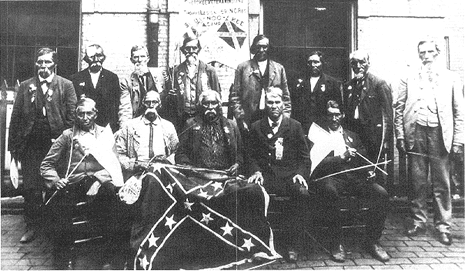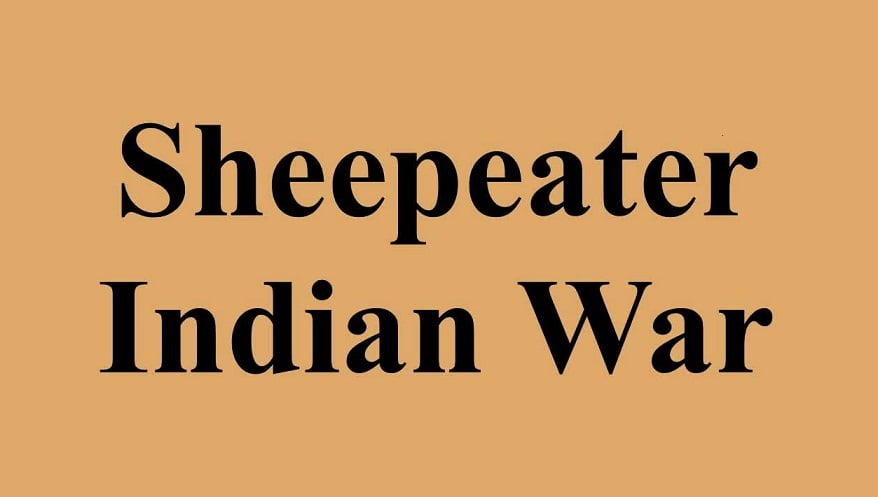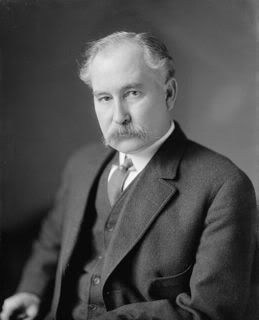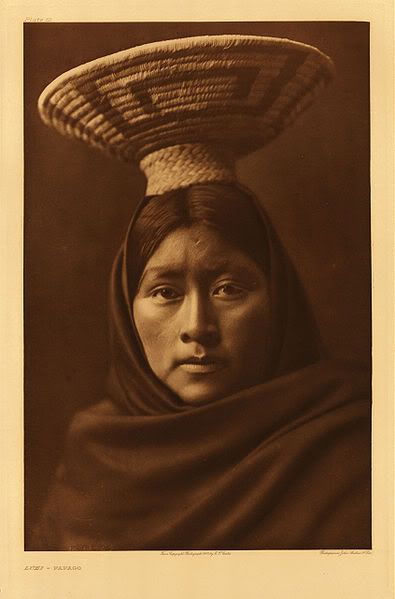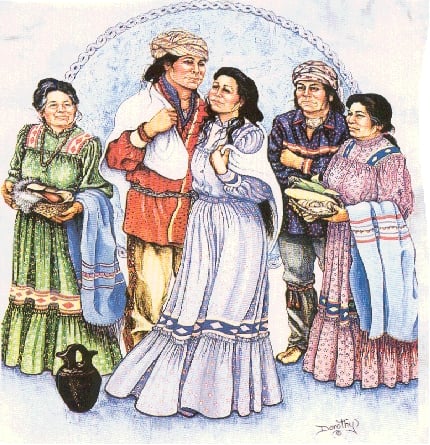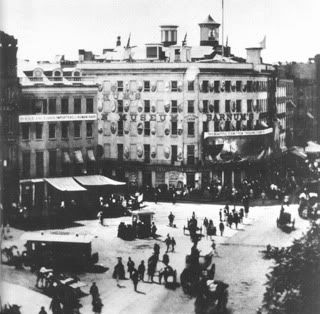The Camp Grant Massacre
( – promoted by navajo) During the 1870s most non-Indian residents of Arizona developed xenophobia, paranoia, fear, and an attitude of genocide with regard to the Native American people they considered to be “Apache.” For the most part, the Anglo residents of the territory were unaware that there were many different autonomous Apache groups. Basically, … Continued

